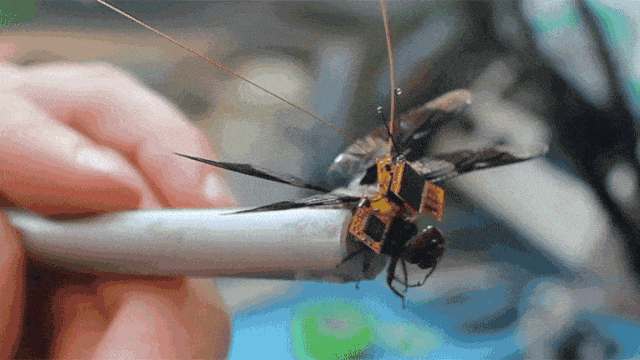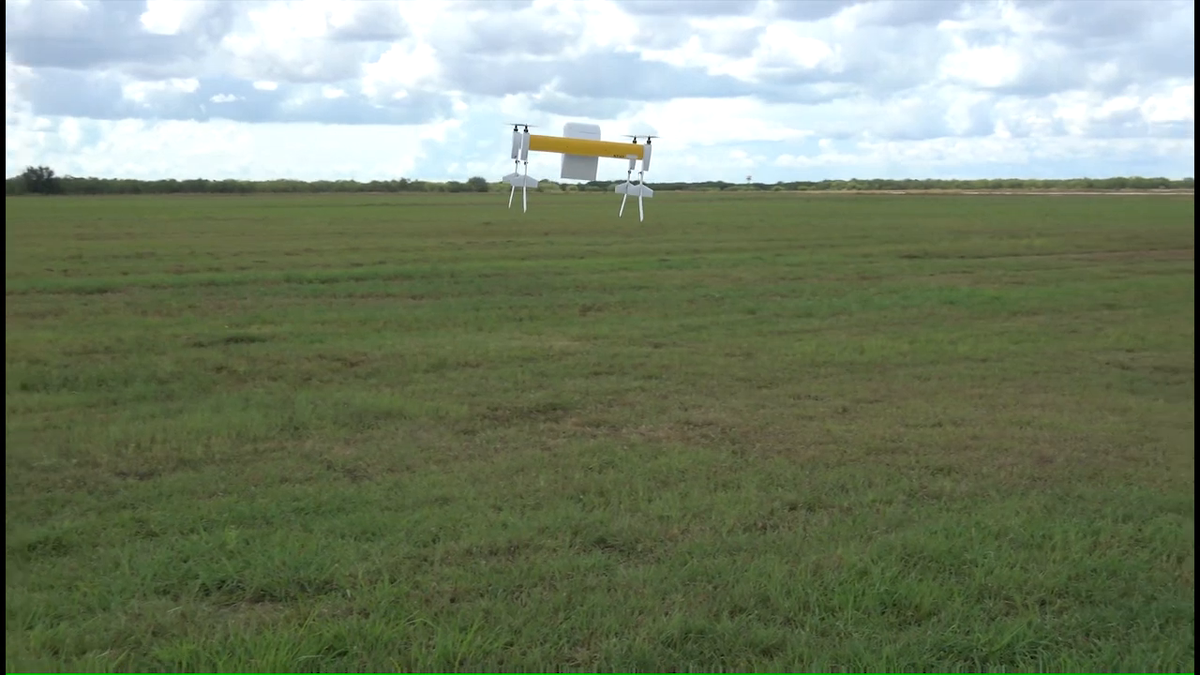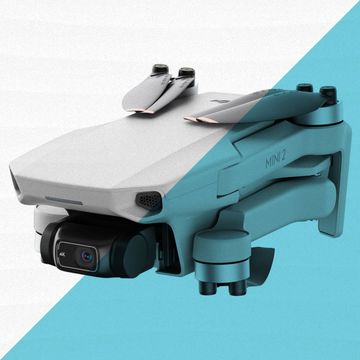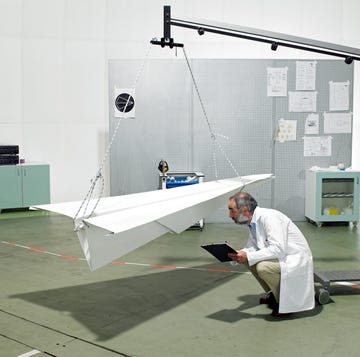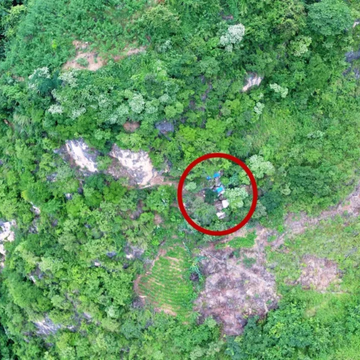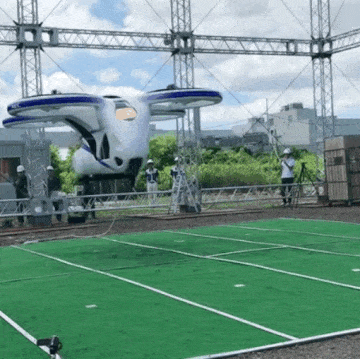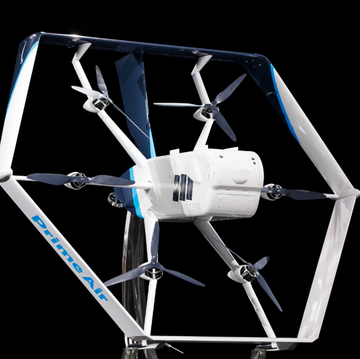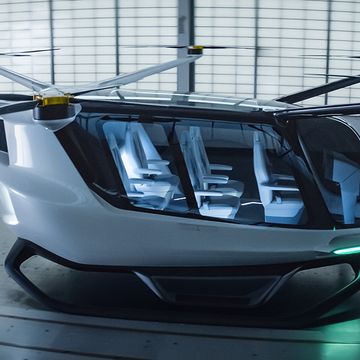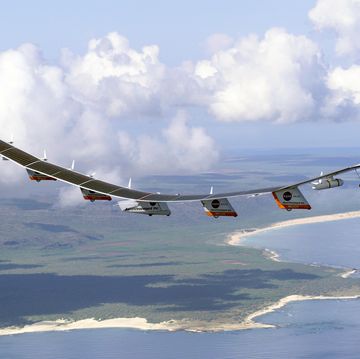As drone technology advances, one of the biggest challenges is shrinking down the flying robots. The smaller drones are, the better they will be for purposes both practical (fitting into cramped spaces) and devious (spying). Scientists have turned to insects to understand how beings with tiny bodies produce the energy needed to fly for long periods of time, while our own shrunk-down drones' batteries die quickly.
A new experiment bypasses the studying of insect flight to use living insects themselves as drones. Thus, researchers at Charles Stark Draper Laboratory and Howard Hughes Medical Institute present DragonflEye, an insanely futuristic cyborg dragonfly that researchers can remote control.
DragonflEye was created by genetically modifying regular dragonflies with "steering neurons" in the insect's spinal cord, which are light sensitive. Tiny, fiber-optic-like structures in the dragonfly's eyes send pulses of light to their brains, functionally controlling where the insect flies via remote control. The dragonfly also carries a miniature "backpack" with sensors and a minuscule solar panel to power the data collection technology. In theory, the dragonfly will be able to be steered by the researchers and will collect data via its sensors from environments that aren't safe for humans.
This technology is both amazing and terrifying—it's not hard to imagine this kind of genetic modification used on higher-up species to creepy effect, and the idea of regular-looking insects acting as spies is a little nerve-wracking. But cyborg insects could also help us understand the world in totally new ways, venturing into spaces that humans could never go. The genetic modification that allows the dragonflies to move could also one day be used by humans who are paralyzed to restore movement. Right now, scientists have only gone as far as getting the dragonfly to fly in a straight line. The potential here is staggering, but we're going to need a bit of time to get it right.
Source:Charles Stark Draper Laboratory via Gizmodo
